Bosnia Jewish Tour | Jewish Heritage Travel in Bosnia
Are you looking for an intellectually rich, carefully crafted Jewish tour of Bosnia? We may be able to help. Our Jewish heritage tour of Bosnia serves as the grand opening of our unforgettable journey through the rich Jewish heritage of the Western Balkans. Our 12-day Jewish heritage travel itinerary offers a comprehensive exploration of the rich Sephardic and Ashkenazi culture, history, and traditions of the Jews of former Yugoslavia.
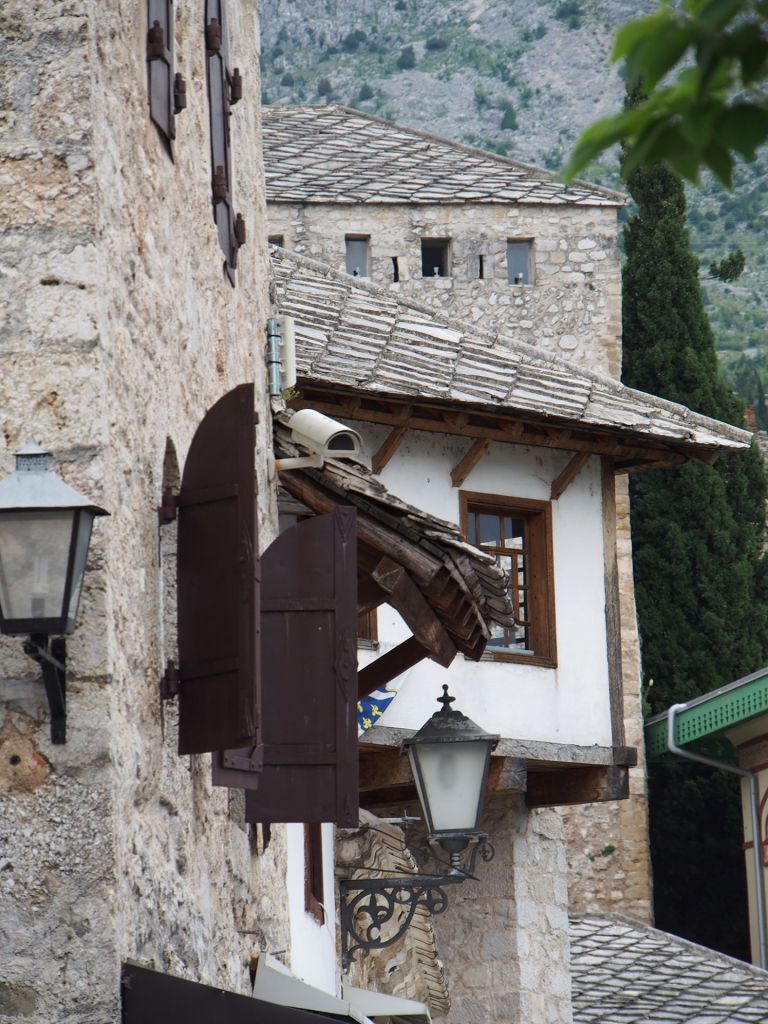
Mostar, Bosnia 
Sarajevo Synagogue, Bosnia 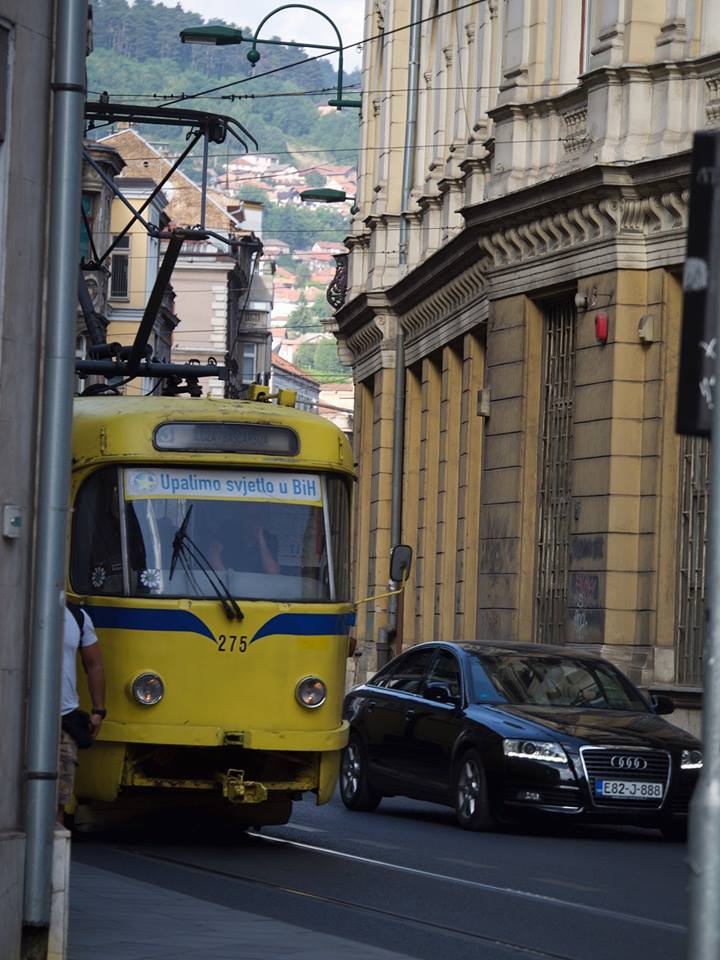
Sarajevo, Bosnia
Bosnia’s capital, Sarajevo, boasts an extremely vibrant Jewish history, and our full-day Sarajevo Jewish tour will give you an in-depth perspective. The arrival of Sephardic Jews to Sarajevo was first recorded in 1565. By 1577 they had established a Jewish neighborhood, called cortijo in Ladino, and in 1581 the community’s synagogue was dedicated. The synagogue, known today as Il Kal Viejo (The Old Synagogue) still stands and houses the impressive Sarajevo Jewish museum, a highlight of our Jewish city tour.
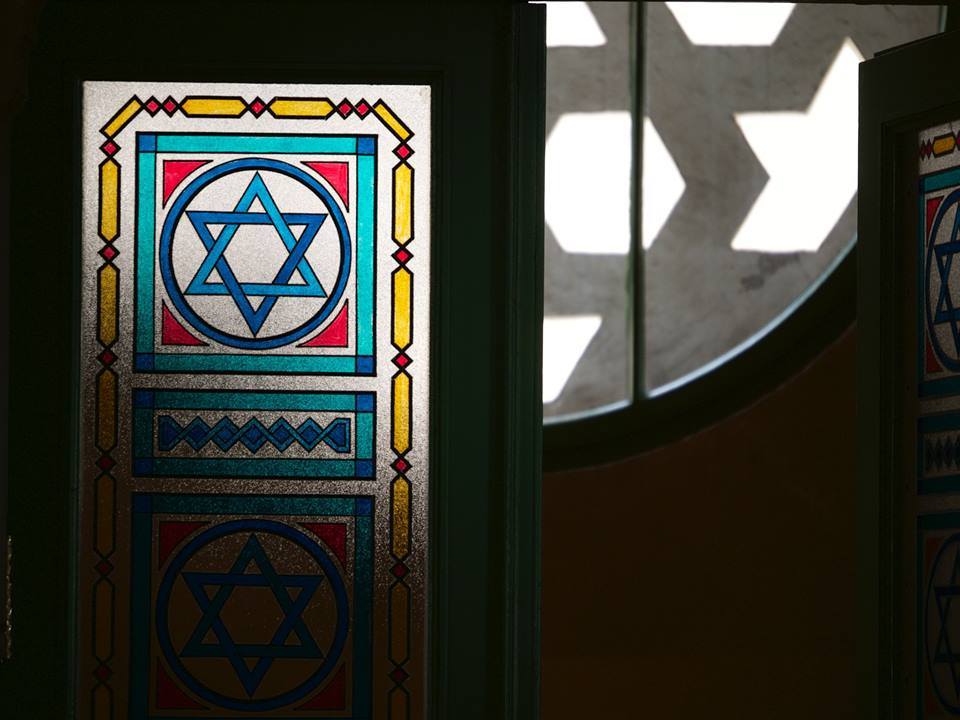
Ashkenazi Synagogue, Sarajevo 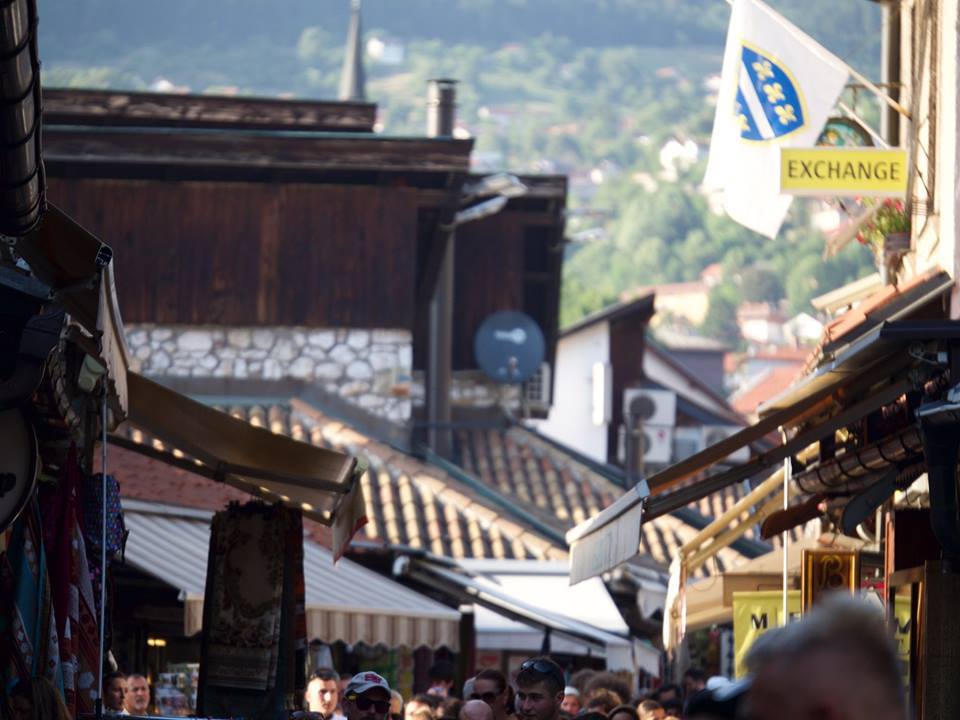
Sarajevo, Bosnia 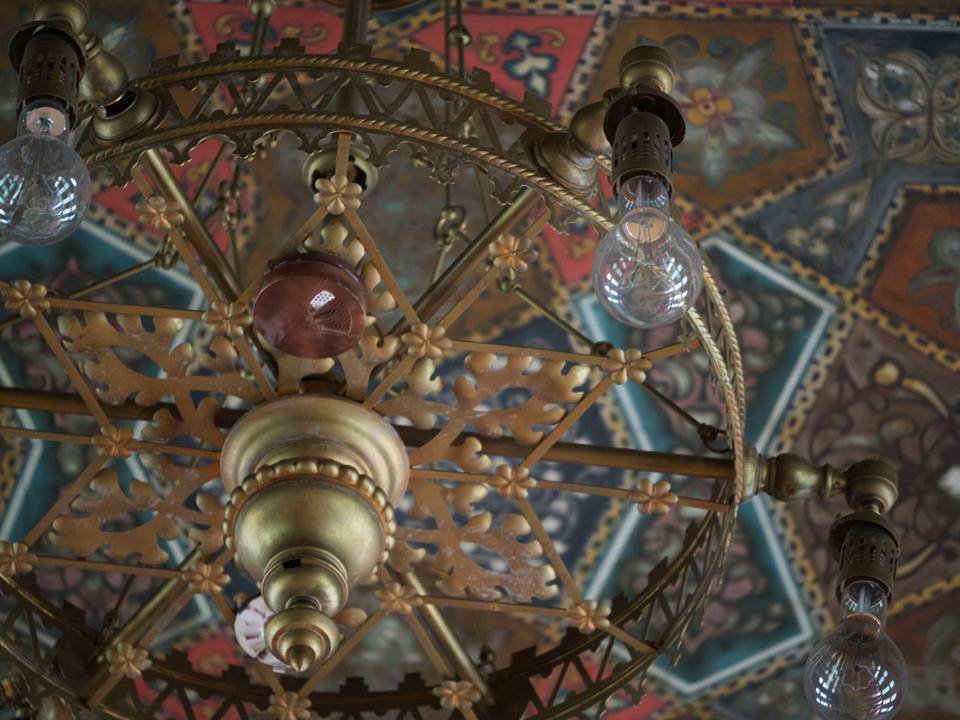
Sarajevo Synagogue ceiling
The undisputed star, however, of our Sarajevo Jewish tour — and of our whole Bosnia Jewish tour — has to be the magnificent Sarajevo Haggadah. The gorgeous 14th-century illuminated manuscript is housed at Bosnia’s National Museum and was only recently put on display. You will learn how it was courageously saved from the Nazis by Dervis Korkut, the museum’s Muslim curator. During WWII, Korkut and his wife also saved the life of Mira Papo, a young Sarajevo Jew, and were recognized by Yad Vashem as Righteous Among the Nations. During the Yugoslav wars of the 1990s, as Sarajevo was shelled by Serb forces, Enver Imamovic, the museum director, saved the manuscript by transporting it to the vaults of the national bank.
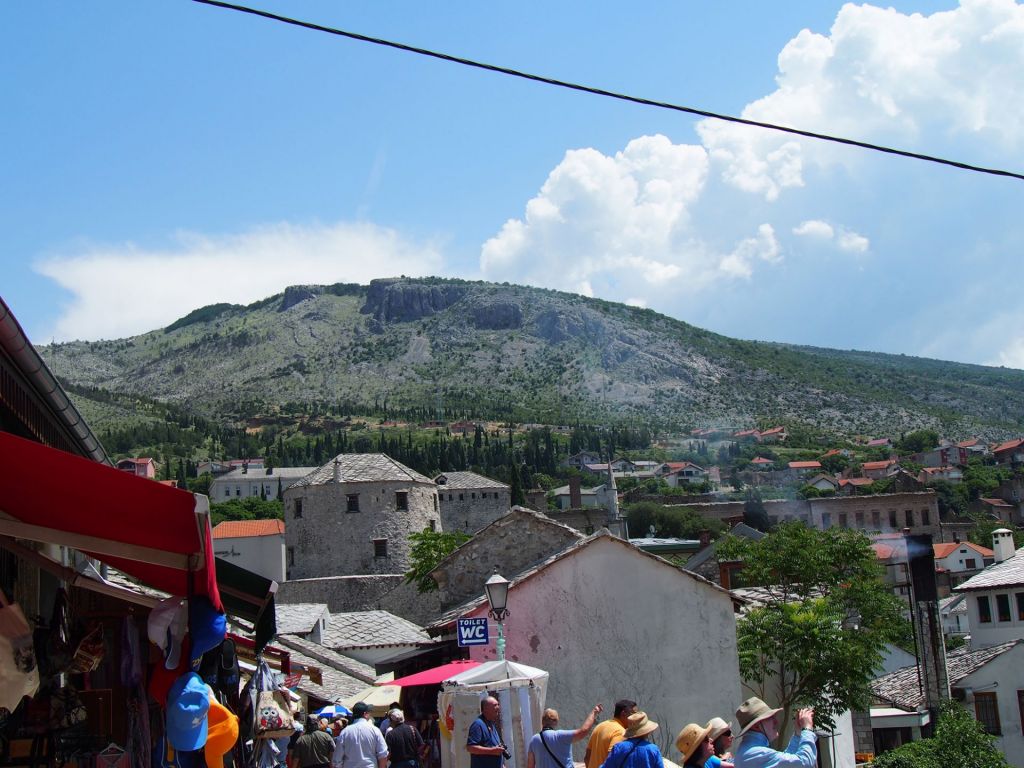
Mostar, Bosnia 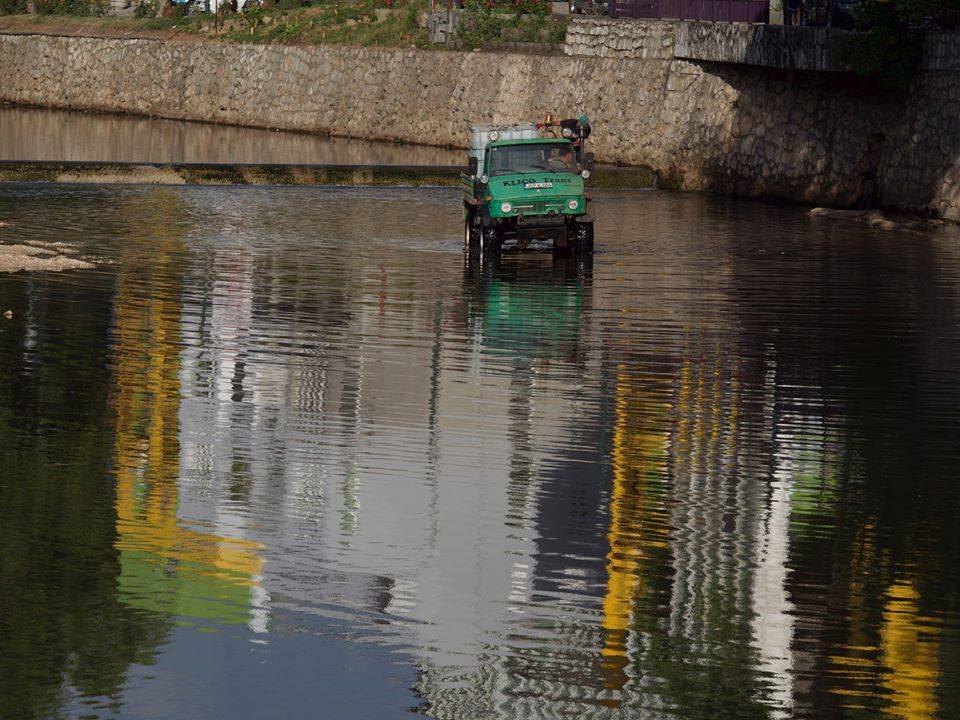
Sarajevo 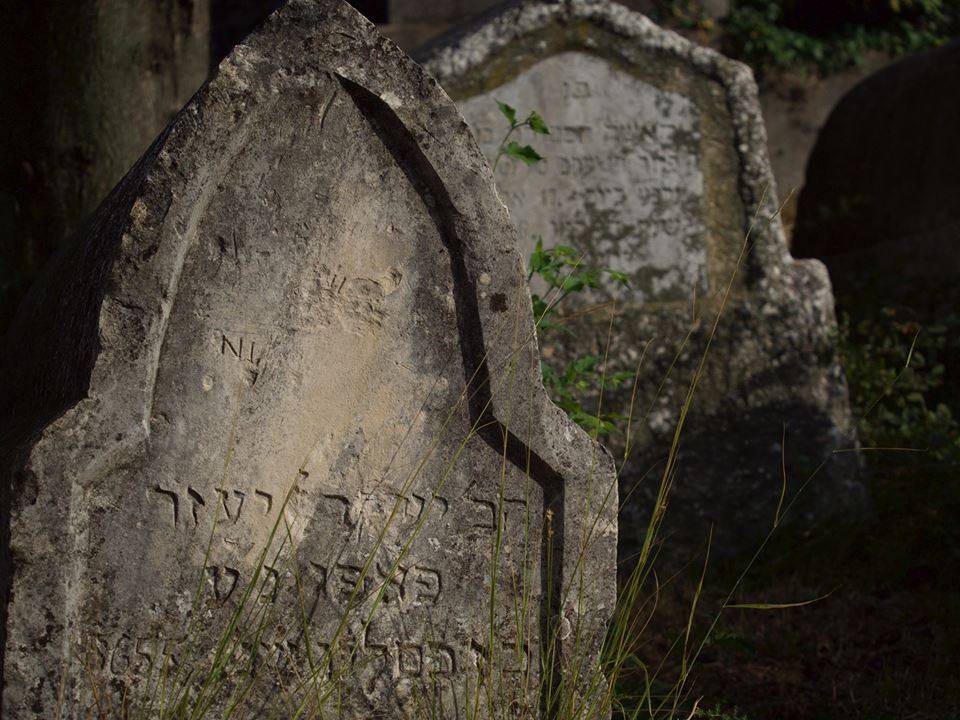
Sarajevo Tombstones
No less fascinating are the splendid Ashkenazi Synagogue (1902) — doubling as the Jewish community center — and the Old Sarajevo Jewish Cemetery (established in the early 1600s), one of the oldest Sephardic cemeteries in Europe. The rounded shape of the tombstones is one of the unique features of Bosnian Jewish cemeteries. Our Sarajevo Jewish tour also makes stops at the 1930 Sephardic Great Temple (Il Kal Grande), the Sarajevo Menorah monument, and the Jewish high school.
During our Sarajevo city tour, you will have the unique chance to stand on the physical meeting point of the Ottoman and Austro-Hungarian Empires and you can test your ability to tell lunar time in front of the Sarajevo Clock Tower.

Bosnia 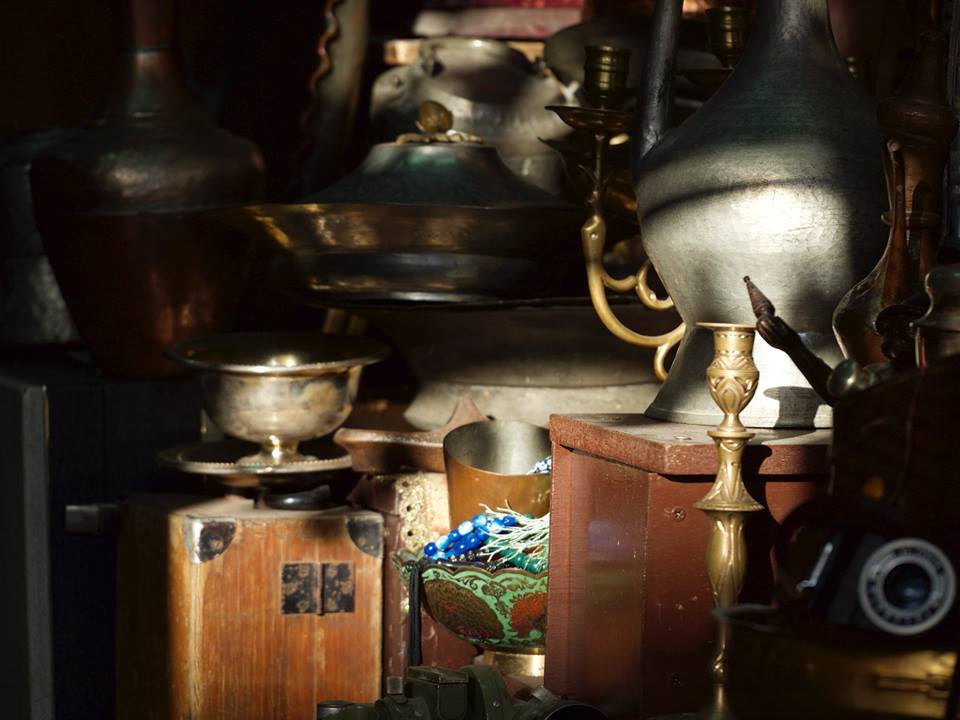
Sarajevo 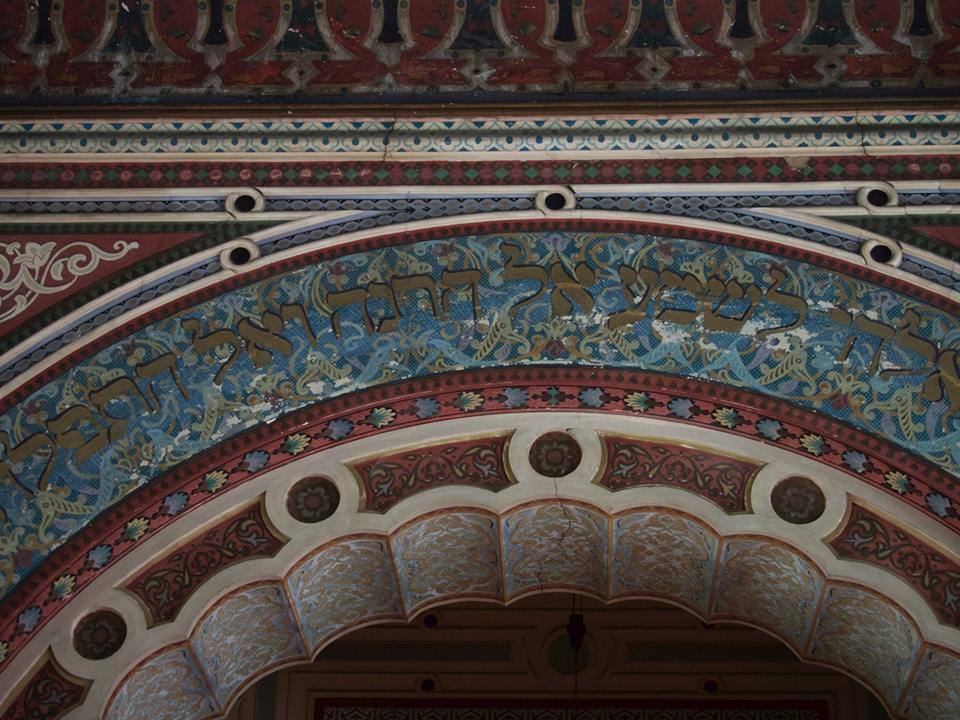
Sarajevo Synagogue
As we leave Sarajevo, our Bosnia Jewish tour follows the route of an annual local Jewish pilgrimage to the grave of Moshe Danon, Bosnia’s celebrated 19th century rabbi, who was at the center of a notable series of events known as the Sarajevo Purim. On our way to rabbi’s Danon’s grave in Stolac, we will also make a stop in beautiful Mostar. The Old Bridge over the Neretva river is one of the most iconic symbols of Bosnia and Herzegovina.
Email us at benatov@gmail.com to request a detailed day-by-day itinerary of our Bosnia Jewish tour or send a message through our contact form.
Hotel accommodation: our modern, centrally located Sarajevo hotel is the very best choice in town.
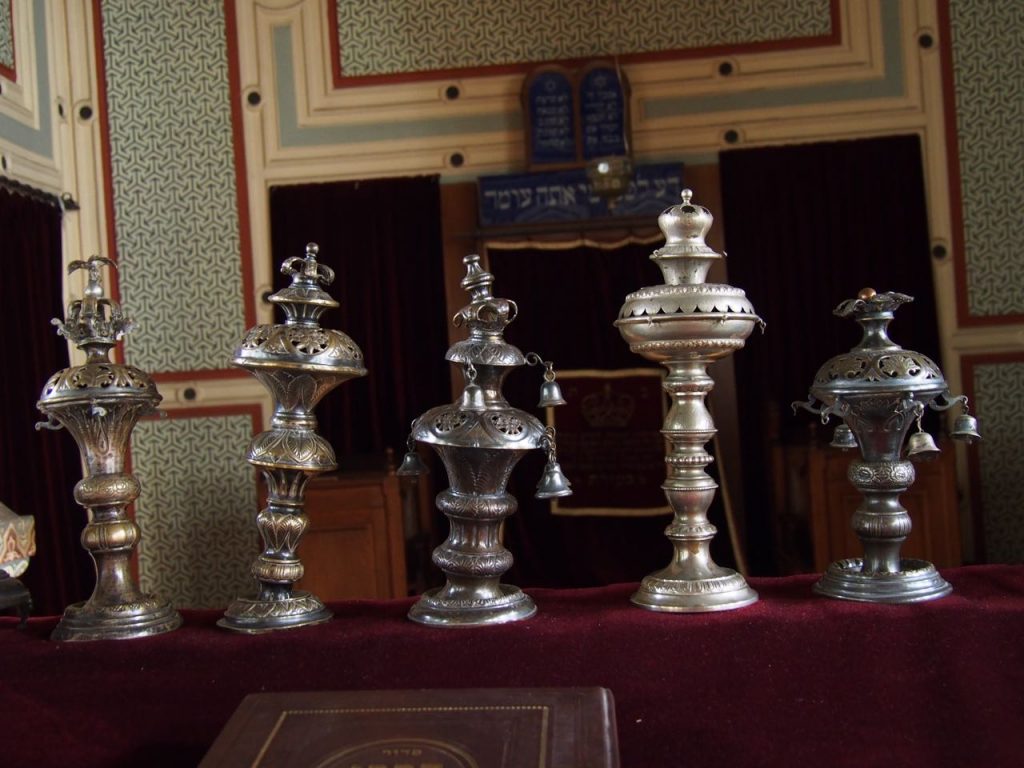
Ashkenazi Synagogue, Sarajevo 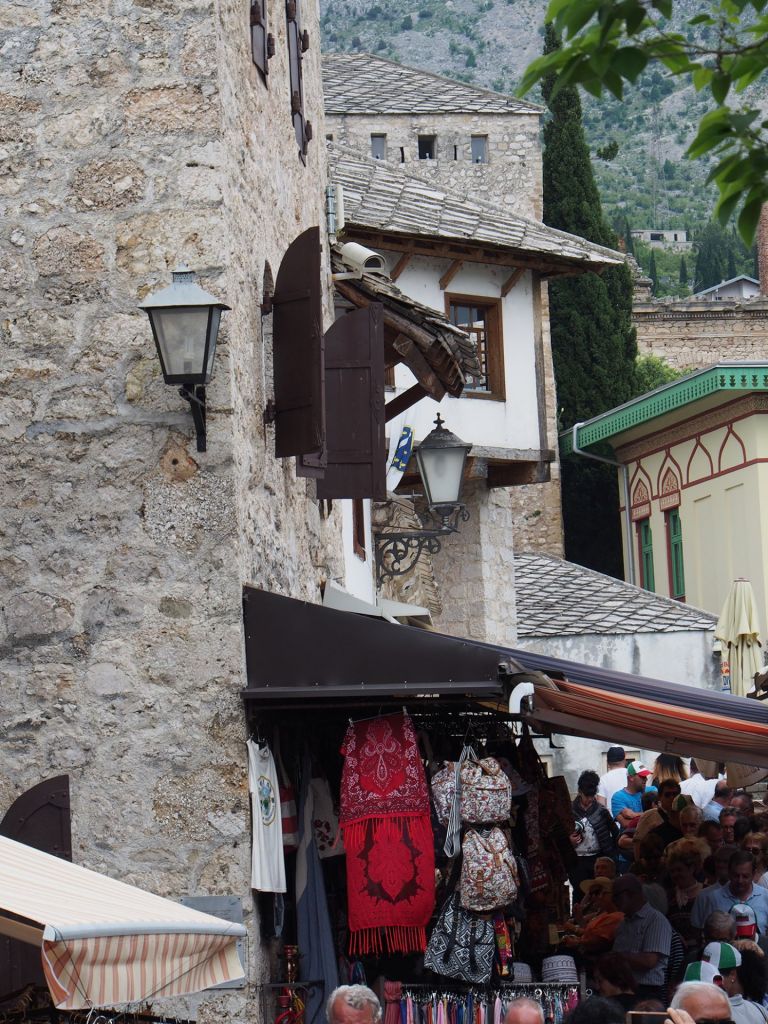
Mostar, Bosnia 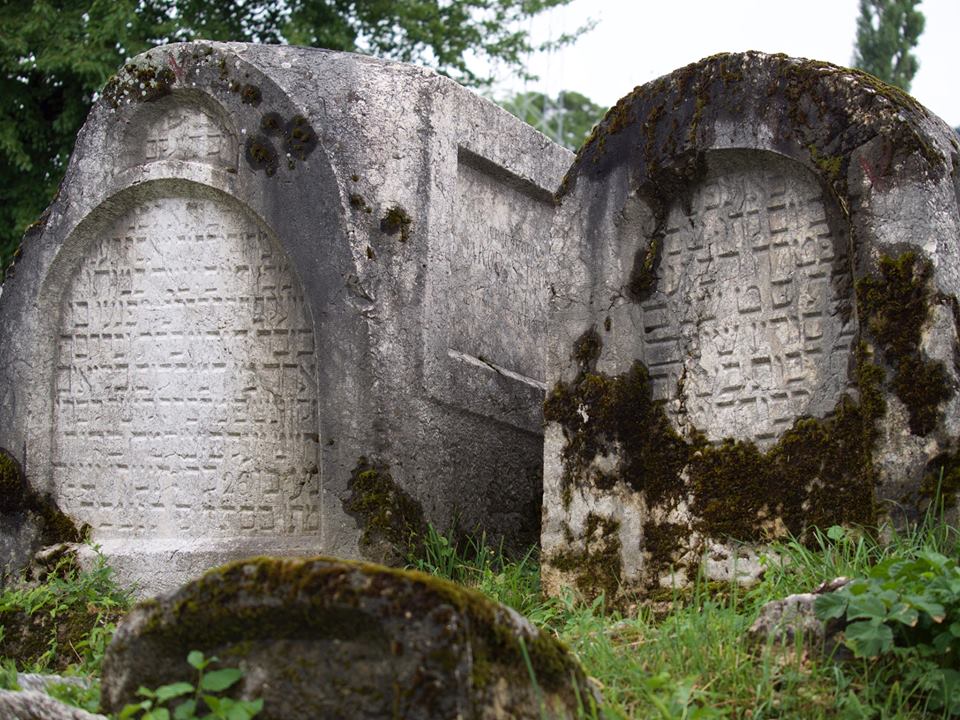
Sarajevo Tombstones
Here is quick overview of our Bosnia Jewish heritage travel itinerary:
Day 1: Sarajevo
Arrival and hotel accommodation. We will meet you at the Sarajevo airport and take you to our hotel. Sometimes travelers choose to arrive a day early. If you decide to do that, we will help you book a room for the extra night and give you suggestions for additional activities in Sarajevo. We’ll start our Bosnia Jewish heritage adventure with a welcome dinner at one of Sarajevo’s leading restaurants. Overnight in centrally located Sarajevo hotel.
Day 2: Sarajevo Jewish Tour
The beginning of Sephardi presence in the city dates back to 1565, most Jews arriving via Salonica. Over the next decade they established their cortijo or mahalla judia (Jewish quarter) and built a synagogue, Il Kal Vieju (the Old Synagogue). This fascinating pre-modern architectural masterpiece today serves as an active temple and also houses Sarajevo’s splendid Jewish museum. We will also visit the ornate Ashkenazi Synagogue (1902), which serves as the main shul of the Jewish community; the Grand Sephardi Synagogue (Kal Grande); the Old Sephardic cemetery, established in 1630 and used by the Serbian military as a strategic firing position during the civil war; and the National Museum, home of the Sarajevo Haggadah. Not to be missed are also the vibrant Oriental Old Bazaar, the Gazi Hursev-beg Mosque (1531), the Latin Bridge (close to which Archduke Franz Ferdinand was assassinated), and the array of lovely Austro-Hungarian buildings along Ferhadija, Sarajevo’s main promenade. Overnight in centrally located Sarajevo hotel.
Day 3: Sarajevo—Mostar—Stolac
As we leave Sarajevo, our scenic drive takes us through mountainous canyons and pristine ravines. We’ll pass through Jablanica, a region famous for its spit-roasted lamb. Our first stop is the lovely Jewish cemetery of Mostar, located on the northern outskirts of town. Mostar was home to a sizable Jewish community, and the former synagogue today serves as the city’s puppet theater. Located on both sides of the turquoise Neretva river, the East and West parts of the historic Old Town are connected by Mostar’s most celebrated (and photographed) structure – the Old Bridge (Stari Most). Originally built in the 16th century, the bridge was destroyed in 1993 during the civil war and was impeccably rebuilt ten year later. We continue to Stolac to the grave of Moshe Danon, the noted 19th-century Grand Rabbi of Sarajevo. Bosnia’s Jewish community has renewed the pre-WWII tradition of a yearly pilgrimage to the site. Nearby lies the Radimlja medieval necropolis, whose ornate tombstones (or Stećci) are a unique regional phenomenon. We bid farewell to Bosnia and cross into gorgeous Croatia, arriving in Dubrovnik – the nation’s crowning coastal gem. Find out more about the Croatian portion of our Jewish heritage tour.
Tidbits from Jewish Bosnia and Herzegovina:
- La Benevolencija, Bosnia’s noted Jewish humanitarian organization, was founded in Sarajevo in 1892 with the goal of aiding young Sephardim in gaining quality education and professional training. In the 1990s, La Benevolencija was instrumental in aiding Sarajevo citizens of all faiths during the Siege of Sarajevo.
- Notable Bosnian Jews buried at the Old Jewish Cemetery in Sarajevo include rabbi Samuel Baruch, the community’s first rabbi, and Sephardi scholar Moshe ben Rafael Attias (Zeki Effendi), who brought back to prominence the legacy of rabbi Moshe Danon and the events of the Sarajevo Purim.
- One of Bosnia’s most celebrated Jewish writes is Isak Samokovlija (1889-1955), who wrote about the traditions and culture of Bosnia’s Sephardim.
- Laura Papo Bohoreta (1891-1942) was a prominent Sephardic writer, feminist, and chronicler of the virtues of Bosnia’s Sephardic women.
- Marija Kon (Marie Bergmann), a member of the Ashkenazi community, was the first Bosnian woman to receive a doctorate (from the University of Vienna). Her older sister, Berta Bergman, a noted pediatrician, died in 1945 at the Jasenovac concentration camp.
- In the mid-1850s, all doctors in Sarajevo and throughout Bosnia were Jewish.
- Daniel Kajon established Sarajevo’s (and the nation’s) first printing press.
- After serving from 1774 to 1778 as chief rabbi of Vidin, Shabbetai ben Abraham Ventura because chief rabbi of Sarajevo.
- During the 1880-1918 period, buildings belonging to the Sephardic Jews of Sarajevo accounted for 31.5% of all city buildings. In 1921, the nearly 7,500 Sephardic and Ashkenazi Jews in Sarajevo made up over 12% of Sarajevo’s population.
- Sarajevo’s earliest rabbis came from Salonica and included Samuel Baruch, Asher Zebulun, and Matsliah Muchachon.
- By the second half of the nineteenth century, the Jewish population in Sarajevo was so sizeable that the city was ofter referred to in Ladino as Yerushalayim chico (little Jerusalem).
- During the late Ottoman period, Jewish communities across Bosnia and Herzegovina existed in twenty-five different towns. There were a total of 37 synagogue, eight of which were located in Sarajevo.
- A Jewish community was in existence in Mostar by 1570.
